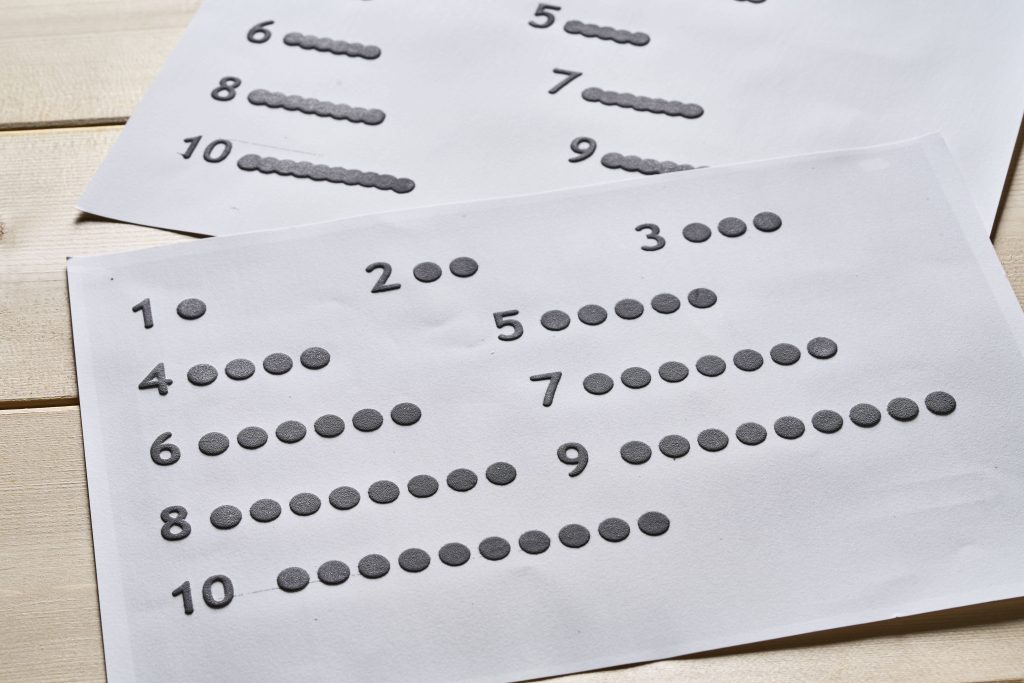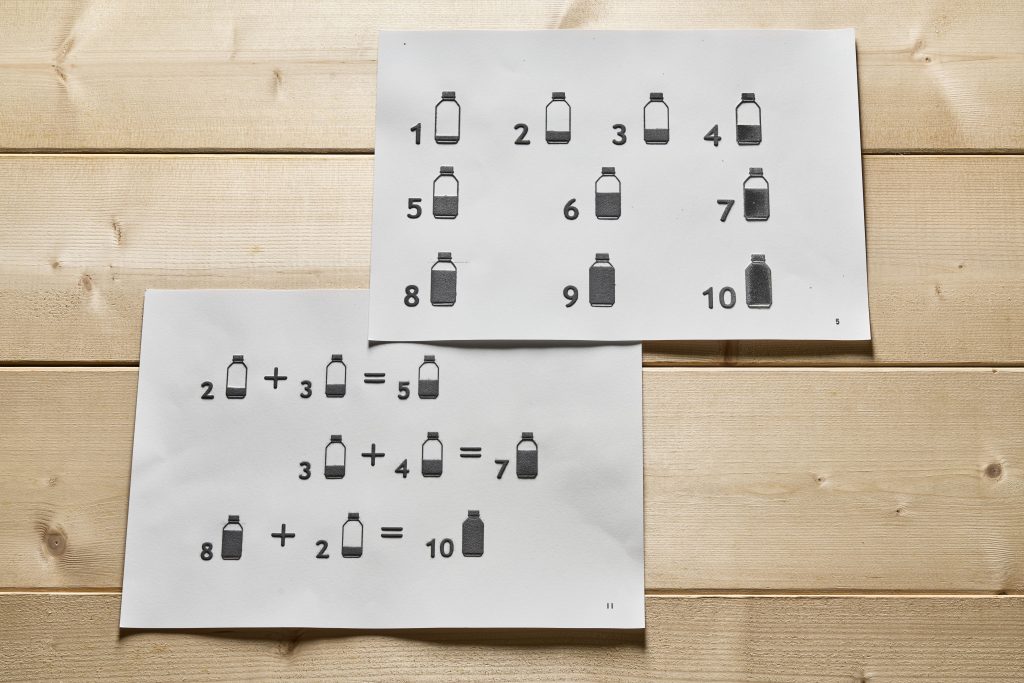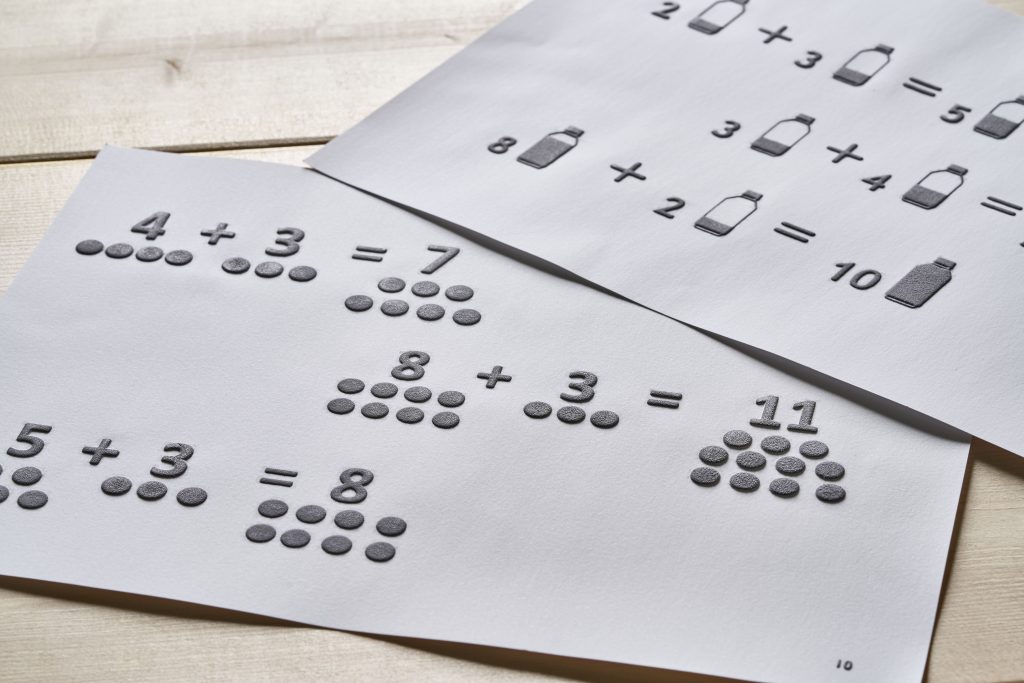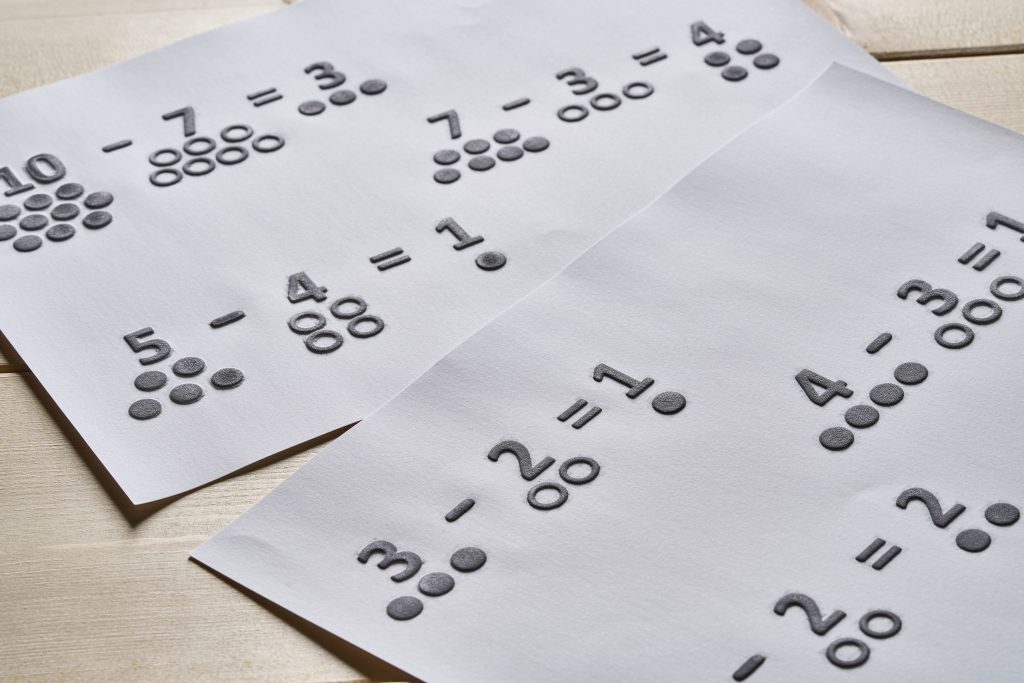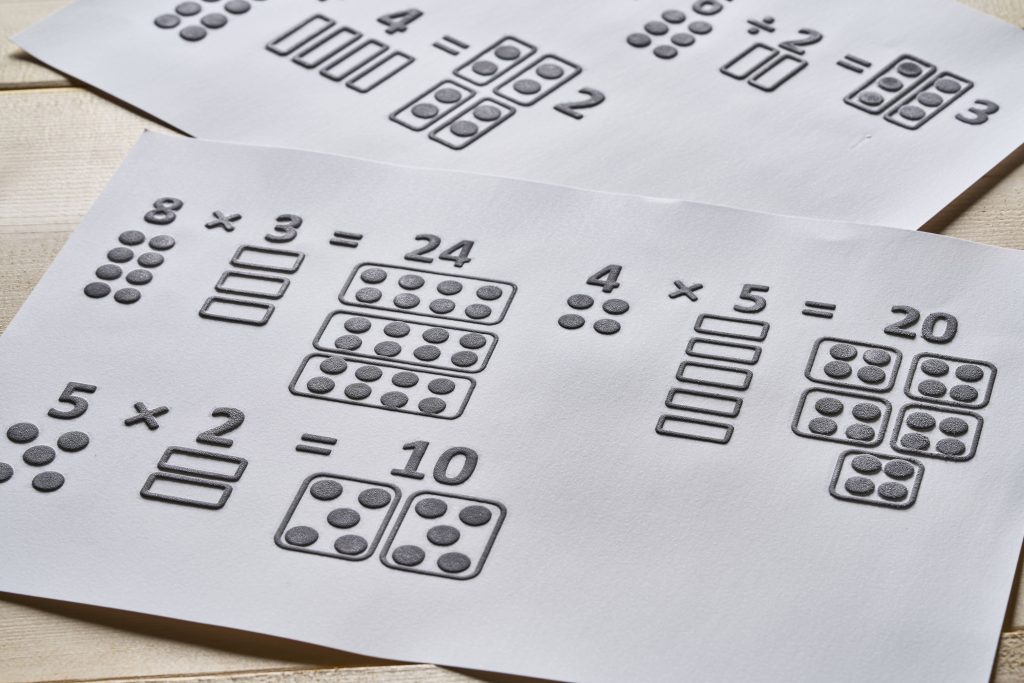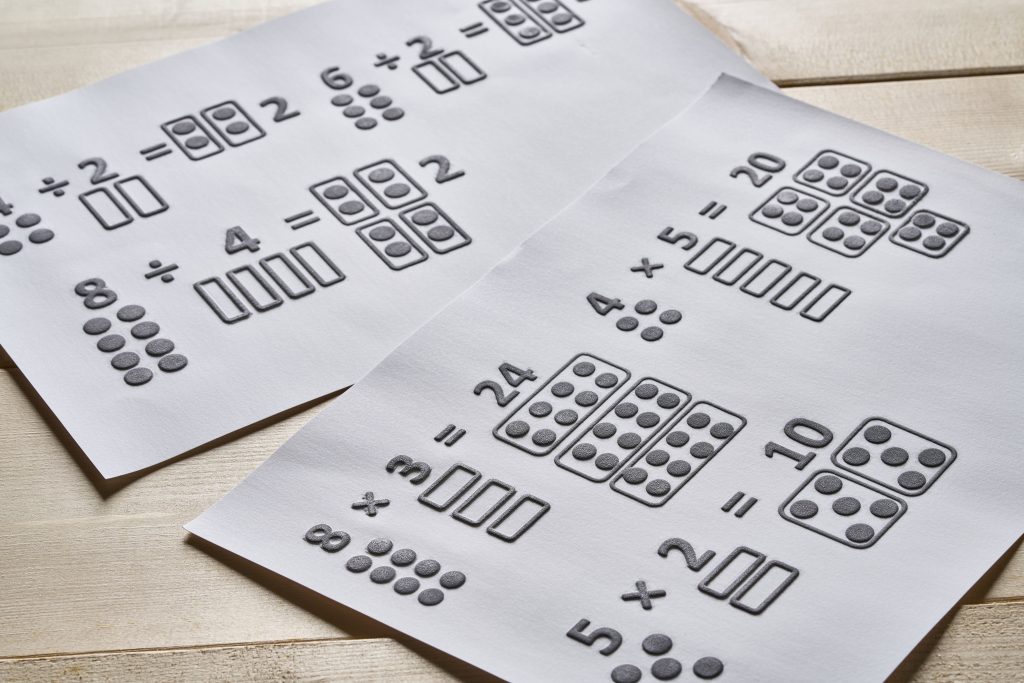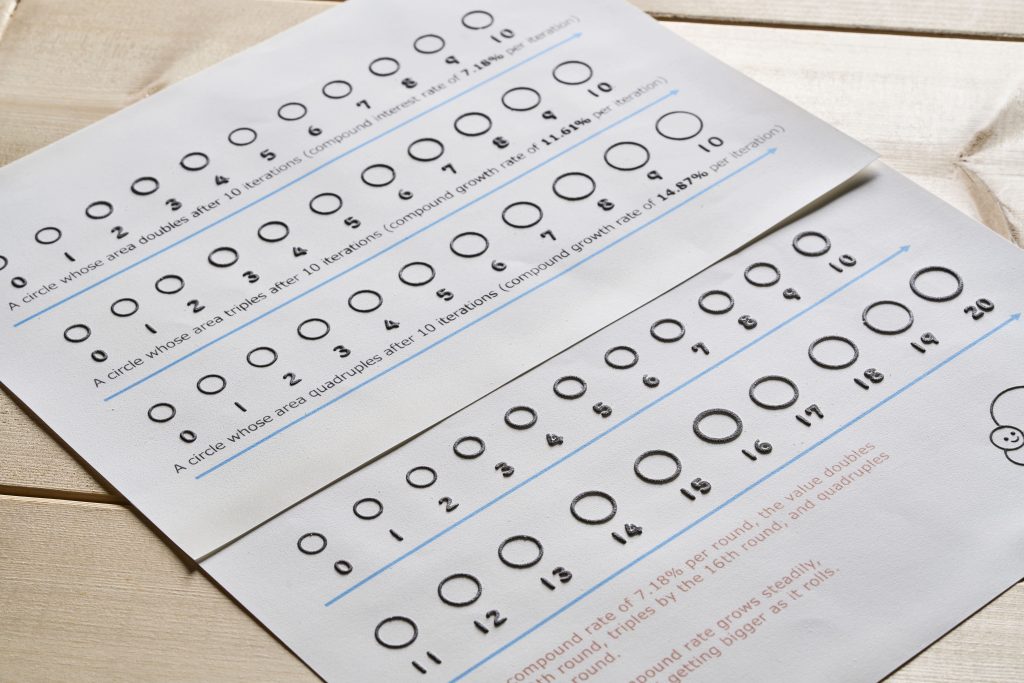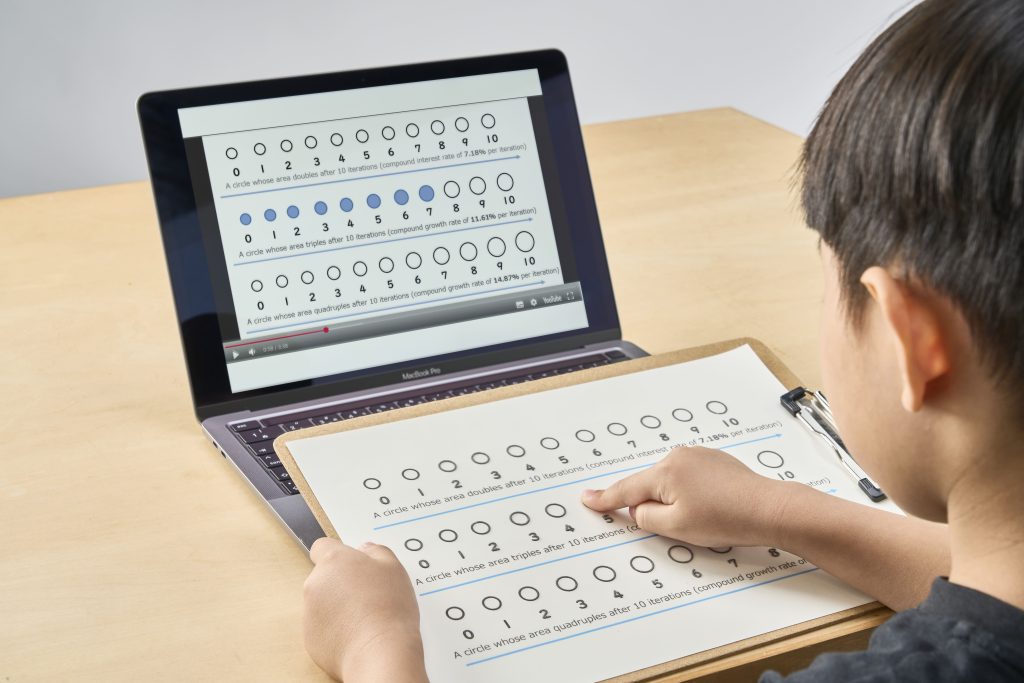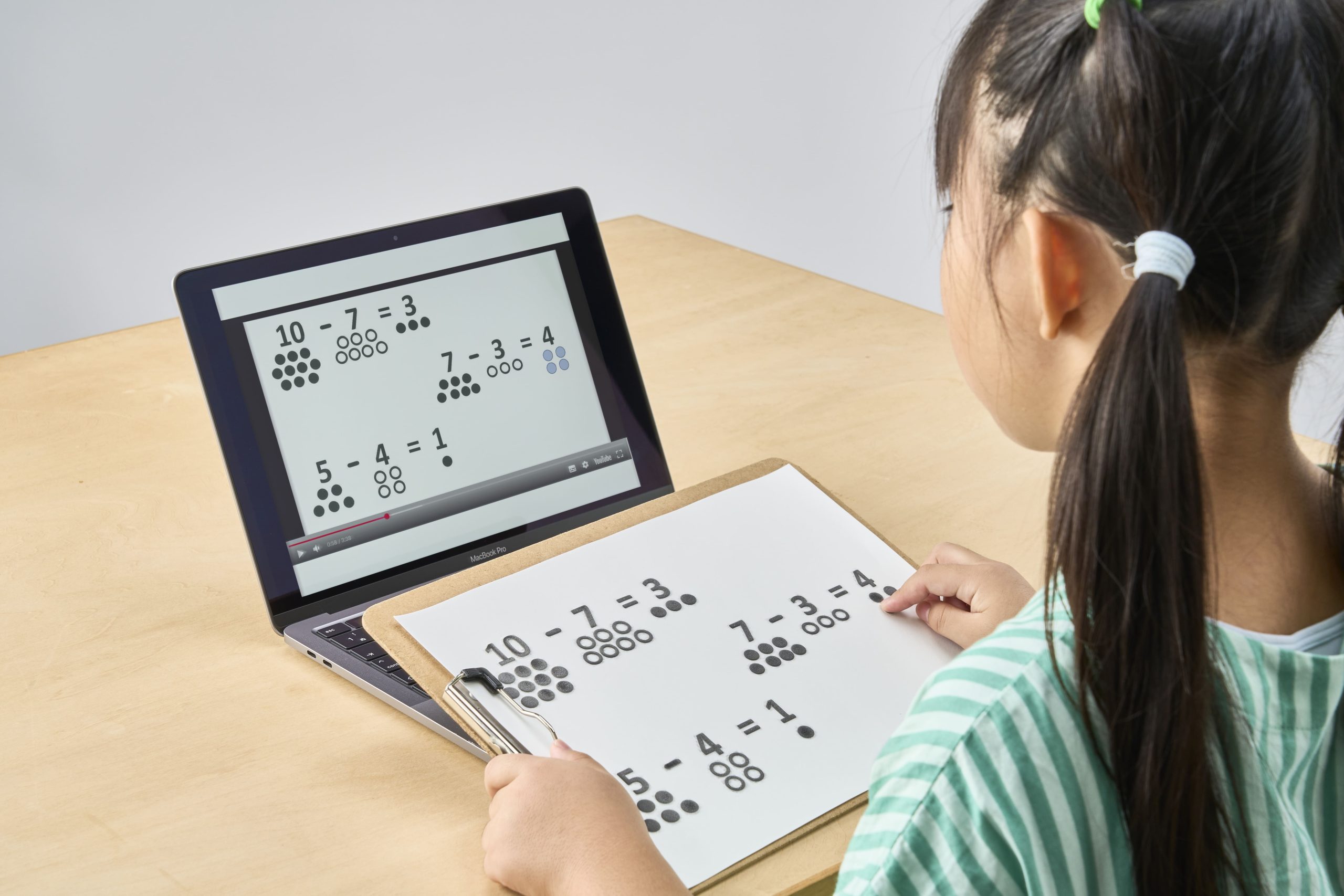
This sheet is part of a haptic learning program designed to develop number concepts and calculation imagery. This program aims to build the foundation for mathematical thinking by fostering number concepts. Specifically, it helps learners create mental images of quantities associated with numbers and understand the order and relationships of numbers. Additionally, learners can explore how quantity imagery changes through basic calculations such as addition, subtraction, multiplication, and division.
The learning method involves “seeing with the eyes, touching with the hands, and reading aloud” the numbers and quantities corresponding to numerical expressions. This process facilitates the formation of number concepts and calculation imagery in the mind.
Recent neuroscience research has shown that visual and tactile information is integrated within the brain. By exploring numbers, quantities, and clusters through touch, learners can form more concrete and accurate mental images of number concepts.
Product Contents
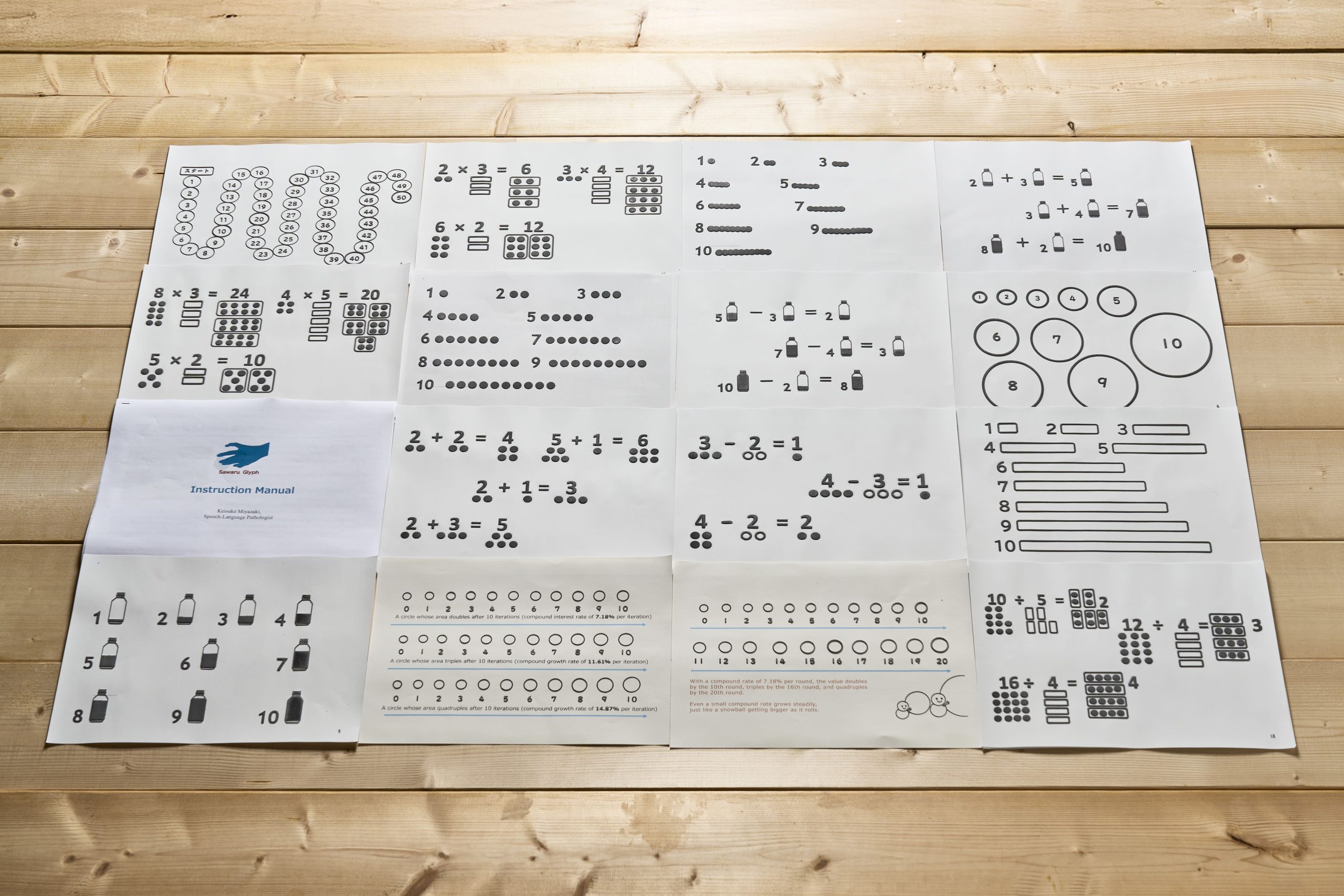
Product Contents
Relationship between numbers and quantities, understanding quantities
Understanding ordinal numbers
Understanding the relationship between larger and smaller numbers
Addition and changes in numbers
Subtraction and changes in numbers
Multiplication and changes in numbers
Division and changes in numbers
Understanding analog clocks
Utilizing the Japanese “Kuku” multiplication table
What is Dyscalculia?
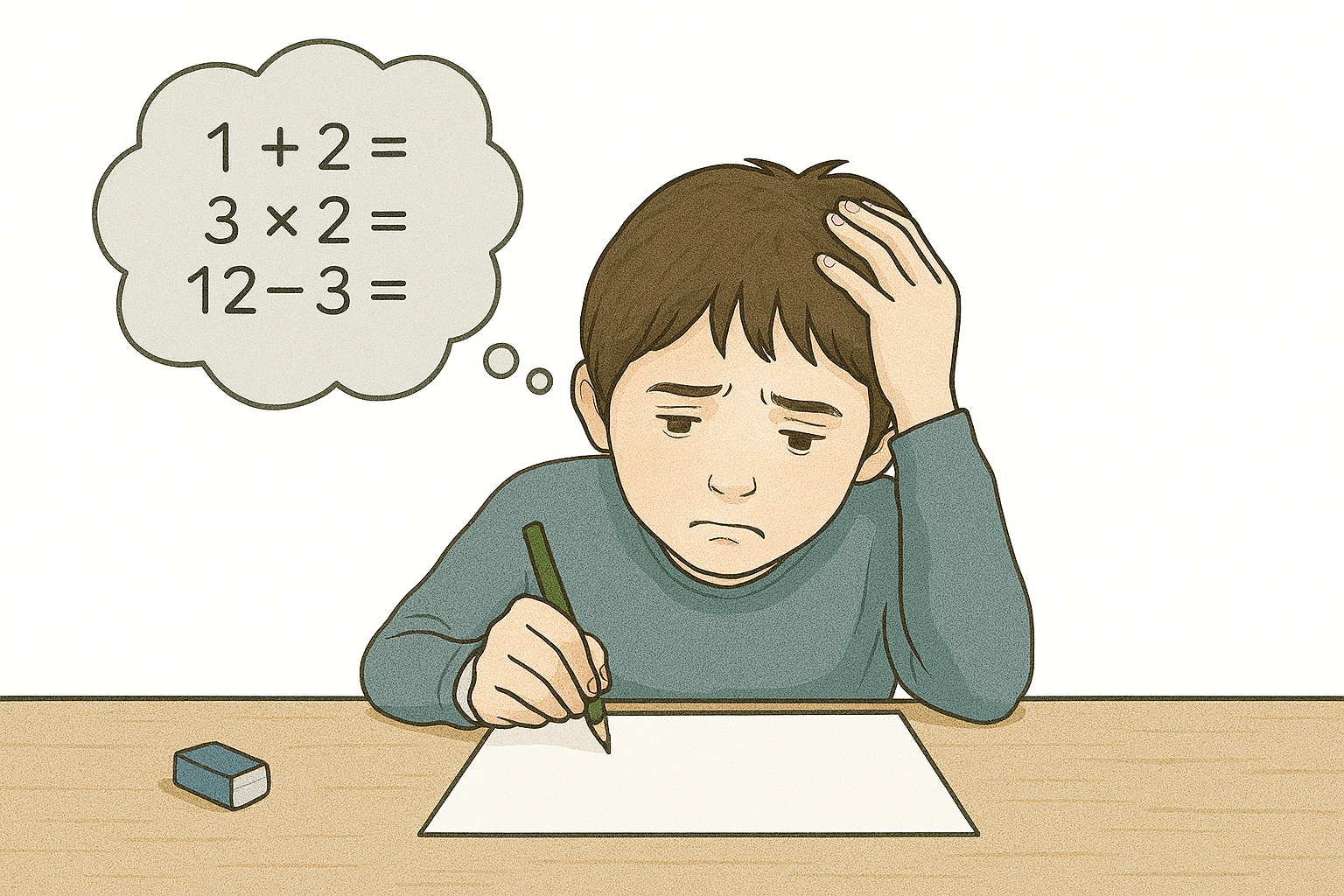
Dyscalculia is a type of learning disability characterized by difficulty in forming mental images of quantities and amounts associated with numbers and significant challenges in forming and manipulating quantity imagery involved in basic calculations.
Key Challenges
- Difficulty forming mental images of quantities and amounts associated with numbers
- Difficulty understanding the relationships of magnitude between numbers
- Difficulty manipulating quantity imagery involved in basic calculations
Impact
As a result of these challenges, the following problems may arise in academic and daily life:
- Poor academic performance (especially in arithmetic and mathematics)
- Difficulty managing money
- Difficulty managing time
- Difficulty understanding analog clocks
How to Use
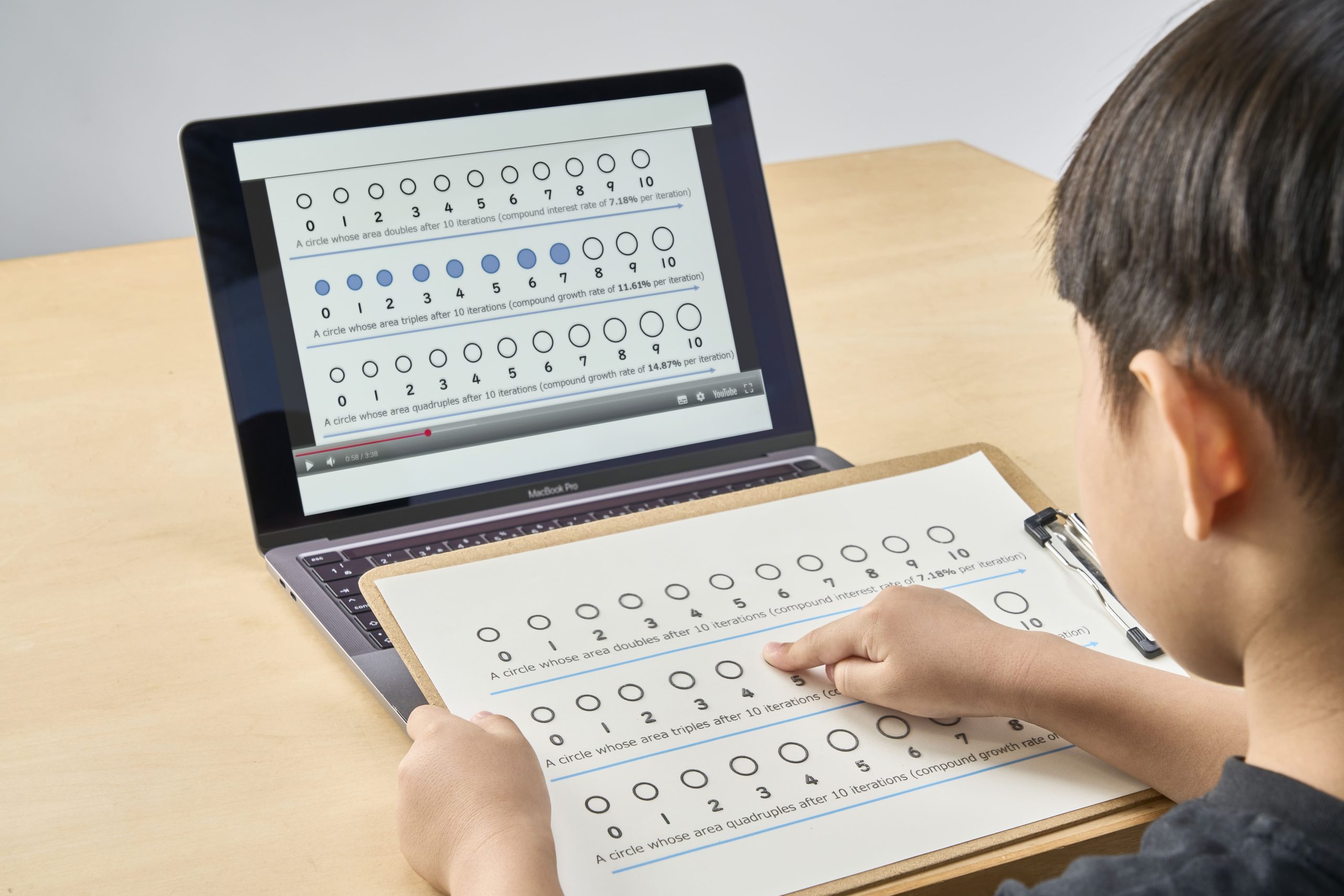
Progressing from Step 1 to Step 3, “seeing, touching, and reading aloud” step by step encourages the formation of numerical images.
Step 1: Forming Images of Number Concepts and Quantities
Numbers and quantities
From quantities to volume
From volume to size
Ordinal properties of numbers
Step 2: Forming Images of Quantity Changes through Addition and Subtraction
Quantity changes through addition
Quantity changes through subtraction
Step 3: Forming Images of Quantity Changes through Multiplication and Division
Quantity changes through multiplication
Quantity changes through division
Additional Learning
Utilizing the multiplication table (Kuku)
Understanding analog clocks

You are welcome to contact us for a free consultation about how to use the product or whether it is suitable for your needs—even before making a purchase. Keisuke Miyazaki, a licensed speech-language therapist, will respond to your inquiry by email.
Please include the following information in your message:
-
Age of the person who will use the product
-
Current status of reading and spelling skills
-
Difficulties currently being faced (e.g., in school, at work, or other areas)
-
Whether the person has any developmental disorders, including learning disabilities
Product Principle
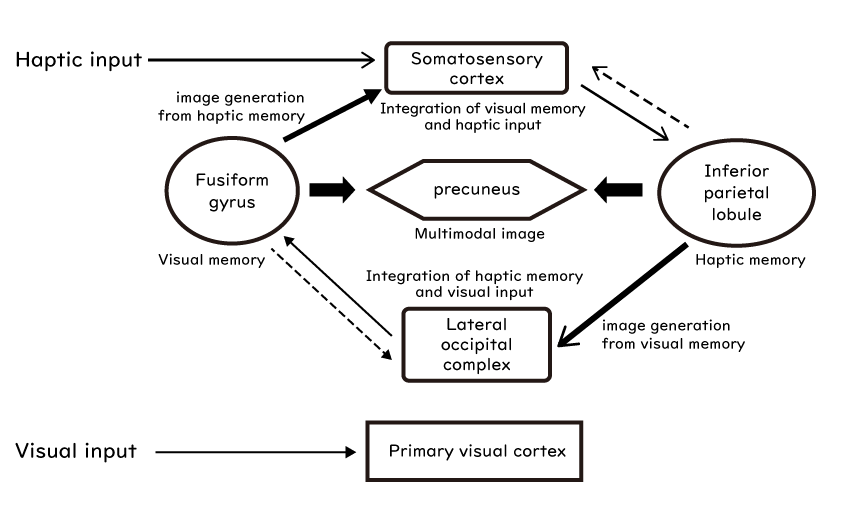
This product utilizes the effects of haptics, which enhance awareness of touched objects, and the generation of multimodal imagery through the cognitive integration of visual and tactile information to support the formation of number concept imagery.
Enhancing Awareness through Haptics
When receiving haptic feedback from touching objects, awareness of the object increases. Enhanced awareness makes it easier to form stronger and more concrete mental images. This process aids in creating imagery related to quantities and amounts associated with numbers.
Cognitive Integration of Visual and Tactile Information
Visual and tactile information is integrated within the brain through shared neural pathways, forming multimodal imagery. By combining the acts of “seeing” and “touching,” different sensory inputs are fused to create more concrete and comprehensible mental images.




